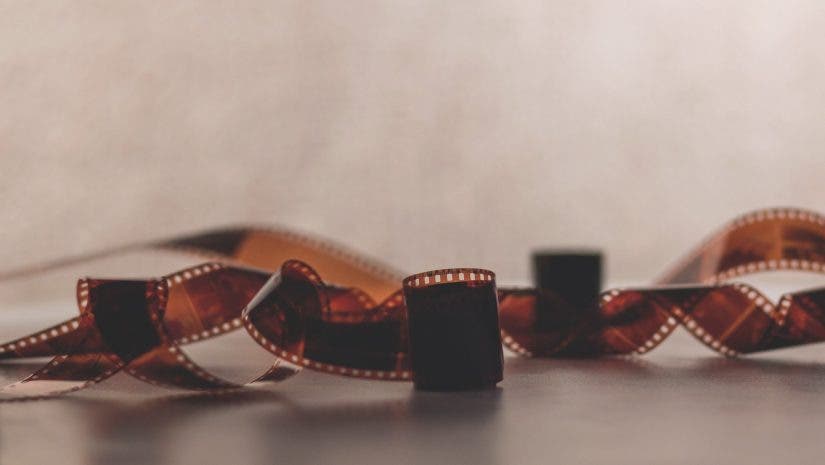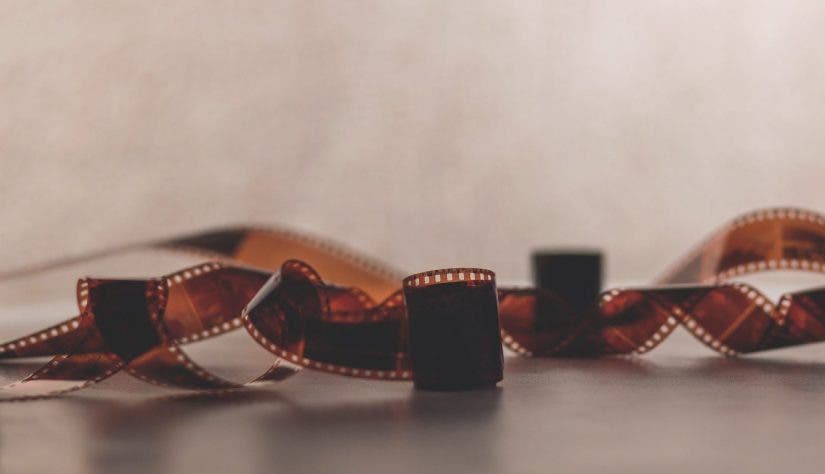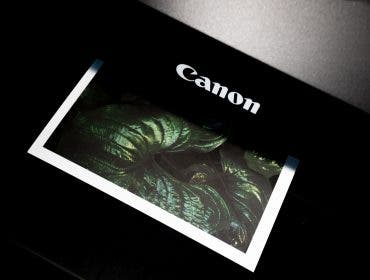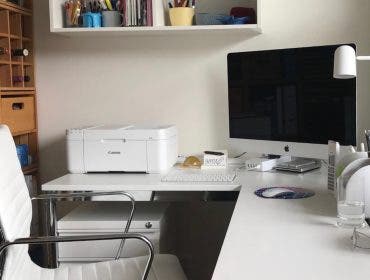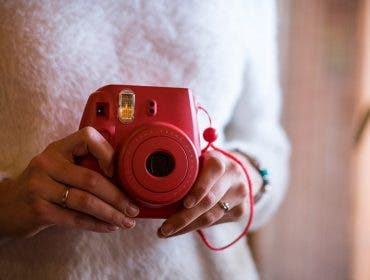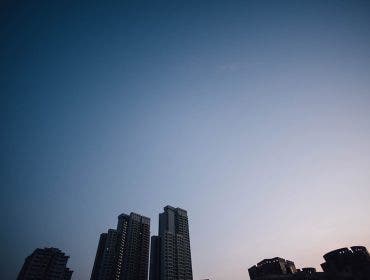While digital photography continues to progress in scope and popularity, analog photography or film photography techniques are experiencing a resurgence among amateur and professional photographers. Analog cameras can be harder to come by, but there are still plenty of film cameras available on the market.
If you’re interested in expanding your capabilities as a photographer, exploring film photography can be a very rewarding and enjoyable pursuit. Here are a few of the key points to understand when considering shooting film.
Understanding the Basics of Film Photography
The first analog cameras used glass and metal sheets coated with chemicals to create photographic exposures. Photography setups back then were cumbersome, large, and expensive. They also required in-depth training and a heavy financial investment to get started.
The introduction of 35mm film and other popular types of film made photography a more affordable hobby for enthusiasts.
How Film Photography Works
Photographic film consists of plastic strips coated with a chemical emulsion. The emulsion found on the negative film is light-sensitive, so when it’s exposed to light, the camera records an exposure.
Film developing in the darkroom washes off the remaining light sensitive chemicals, locking the exposures into the roll of film so you can create photographic prints.
Types of Film
There are a few common types of film, but most fall under the categories of color film, black-and-white film, and slide film.
Color film and black-and-white film are both types of negative film. The areas in the image that appear dark in a negative will appear light in a print, and areas that appear light on film will be dark in print.
Slide film produces a positive image, so areas that appear light on film will be light when projected on a screen and dark areas will remain dark.
If you want to make prints in a darkroom, you’ll need color negative film or black-and-white negative film.
What Are the Differences Between Film Photography and Digital Photography?
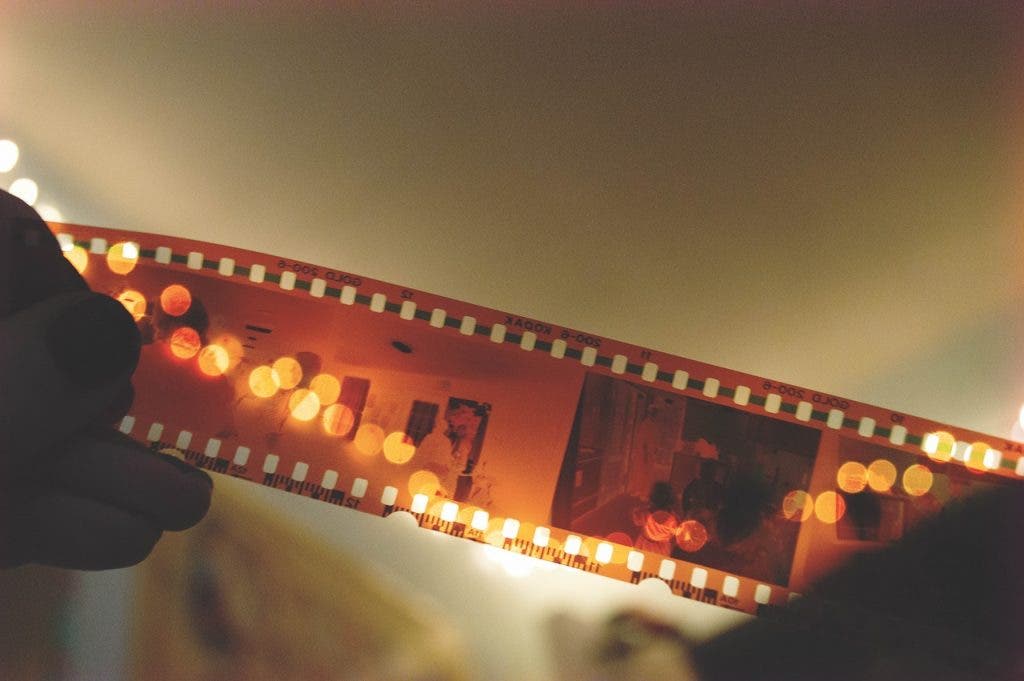
The mechanisms of photography are similar when shooting film vs. shooting digitally. Both film cameras and digital cameras use camera settings like aperture, shutter speed, and ISO to control exposure. But there are some key differences to know between the two.
Physical vs. Digital
The primary difference between film cameras and digital cameras is the method of recording an image. While film cameras like 35mm cameras, point-and-shoots, and SLRs capture an exposure on a film negative, digital cameras like DSLRs and mirrorless cameras capture images with a digital sensor and record images to a memory card.
Film Can Be More Challenging
Learning film photography can be trickier than learning digital photography because it takes longer to review your images and check your progress. Film photography supplies are less expensive initially, but over time you’ll spend more on rolls of film and developing your film. With digital cameras, your main investment occurs up front.
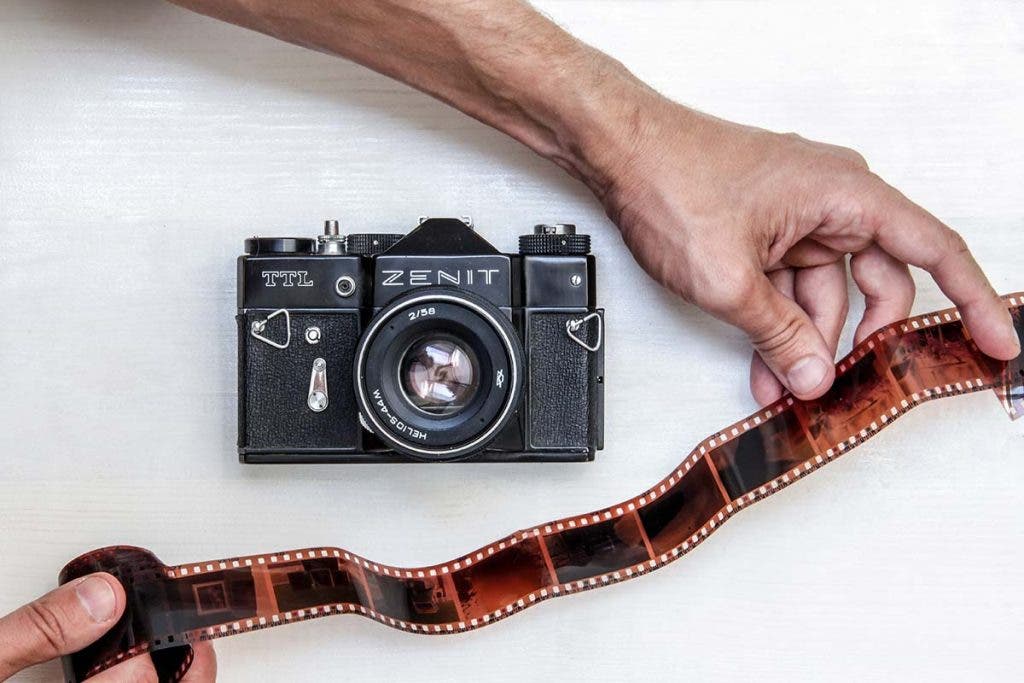
What to Look For in a Film Photography Camera
If you’re ready to try shooting film, you’ll first need to invest in an analog camera and a lens (or several). Canon, Nikon, Leica, and Fujifilm are among the most common analog camera brands. Other brands like Lomography, Pentax, and Mamiya also produce analog cameras worth exploring. It’s also worth noting that few camera companies make new film cameras, so you may want to consider purchasing a used analog camera.
Expandability
As you shop for a film camera, consider your ability to expand your kit in the future. SLR cameras are great because you can always add lenses to your kit for more creative flexibility. Point-and-shoot cameras offer less flexibility but are usually very inexpensive.
Automation
Some cameras are fully analog and require you to advance film frames manually with a film advance lever. Other film cameras are battery-powered and automate parts of the photography process like loading and advancing film.
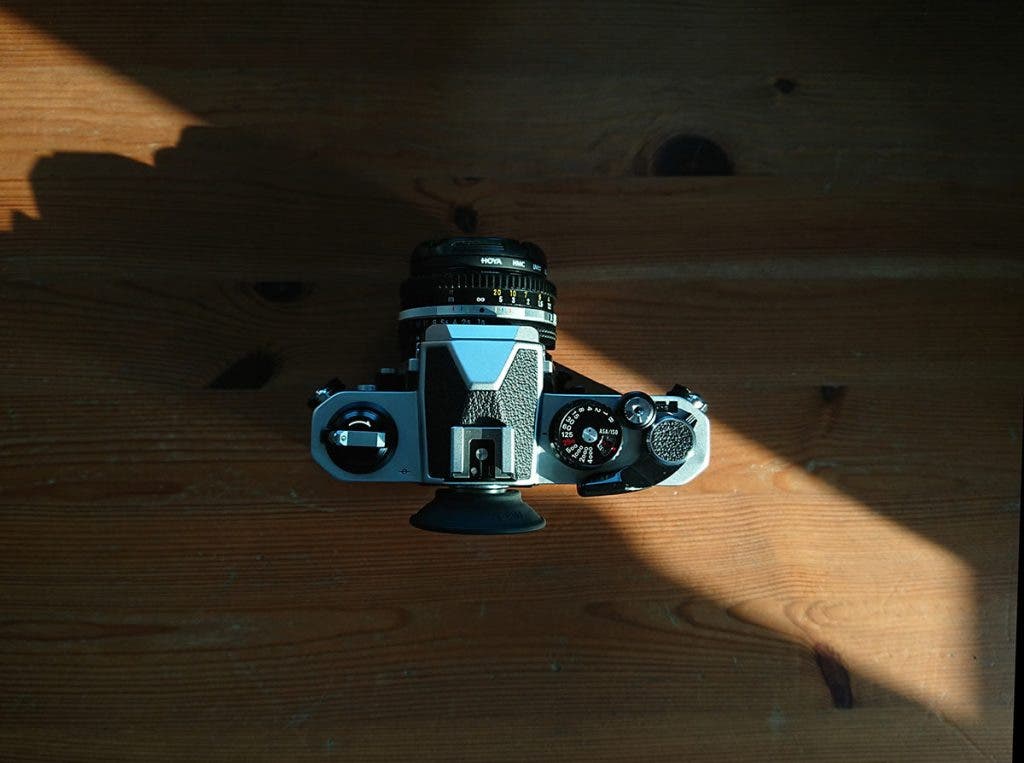
3 Reason to Try Film Photography
Even with the latest and greatest updates in DSLR and mirrorless cameras, film photography is still having a resurgence. However it’s being used, it seems that more and more people are finding film photography fulfilling. Here are some of the attractions of — and reasons to try — film photography.
Tactility
There’s a certain enjoyment in using a finely crafted machine. It’s why people pay thousands of dollars for mechanical watches, and it’s why, when you hold an old TLR in my hands, you feel a certain sense of respect and awe for an object older than you that still works well.
Speed
There’s isn’t any. Film photography is slow — no notifications popping up on your screen, no ability to spray’n’pray, no distractions. You need to focus (pardon the pun) on your photo, and nothing else. Because if you don’t get it right in the camera, you don’t get the shot.
Fun
You never know what you’ll get until you are long past taking the shot. That means that when you take the photo it might be some weeks (or, if you’re doing the developing yourself, at least some hours) before you know what your shot looks like.
But film photography has challenges too. For me, when I got started in photography, the biggest was the cost. Buying and developing film is expensive. It’s frustrating, sometimes, to send an entire roll to be developed and find out that there was something wrong with the camera and the entire roll is garbage. And some people just don’t have the time and patience to deal with film.
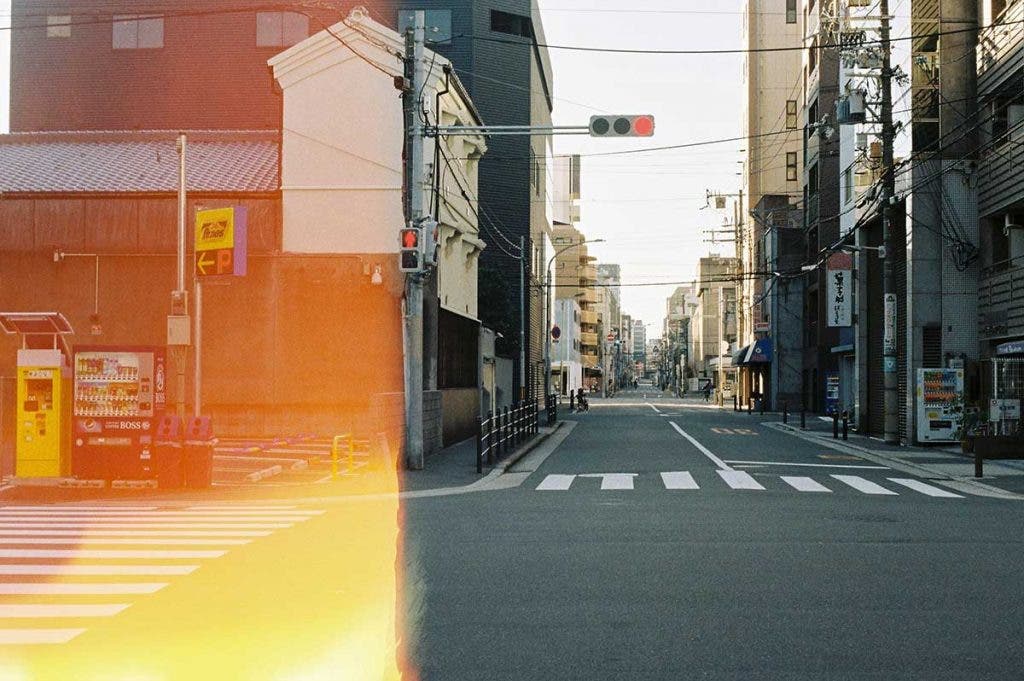
How to Get Started with Film Photography
But notwithstanding the drawbacks, there are definite advantages to film, and we encourage you to give it a try. Here are three ways you can get involved: As a dabbler, a diver, or drastically.
Dabble
The barrier to entry, as a dabbler, is not very high. All you need is a film camera, some film, and a place to develop the film. There are still plenty of places to find film cameras online, including my favorite, Adorama’s used department, but you can also check other online marketplaces and your local flea market.
Garage sales are also good places to look. Developing is slightly more complicated — gone are the days when every drugstore would develop your film for you — but it’s still not hard to find film developing services in your area who will either mail you prints, or better yet, email you high quality scans.
When it comes to cameras, be aware that there are lots of choices. You can certainly go with the classic 35mm format, but know that if you’d like to pick a different format another advantage of film photography is that starting with film in unconventional formats is much less expensive than using the corresponding digital equivalent. Learn about the most common film camera formats to find out the one that’s best for you.
Dive in
Jump right in. Buy a camera, but also set up your own darkroom, and develop your own shots. It is incredibly satisfying to develop your own prints. Contrary to many people’s assumptions, there’s also a lot of retouching you can do in the darkroom. In fact, many of Photoshop’s tools, and their names, originated from darkroom techniques.
You can make beautiful black and white prints without spending an incredible amount of money or time learning technique. (Color prints are more complicated, but definitely doable — give them a try!)
As far as developing chemicals are concerned, you may not have an easy time finding them in your neighborhood, but you can get all the chemicals — as well as everything you need to set up your darkroom — online. Check out our guide on how to develop film for all the must-know tips.
Dedicate
You live life on the edge. You’re not going to get a thrill from developing 35mm film prints — you do everything to the max! I’ve got just the thing for you – have you ever considered large format view cameras? How about lomography? Buying an old Holga and trying to make it make some beauty? Pinhole cameras are easy to make, but you might need a two-hour exposure to take your shot. Daguerreotyping can make a unique silvery print on glass.
Getting Comfortable as a Film Photographer
Practicing shooting with film can be equal parts fun and frustrating. No matter how much attention you pay to your camera settings and try to get a good exposure, you may still occasionally waste a roll of film or two trying as you perfect your techniques.
Purchasing film in bulk or experimenting with expired film is a great way to practice without spending lots of money. Start off with simple film until you consistently get the results you expect. Once you’re more confident, you can start to invest in unique and expensive types of film.
As with all types of photography, practice makes perfect. The more you work with your camera, the better you’ll get. The bottom line is that staring with film photography, even in addition to your regular digital photography, opens up new, fun ways to make the world a brighter place and you a happier photographer. Get out there and go make some magic!
